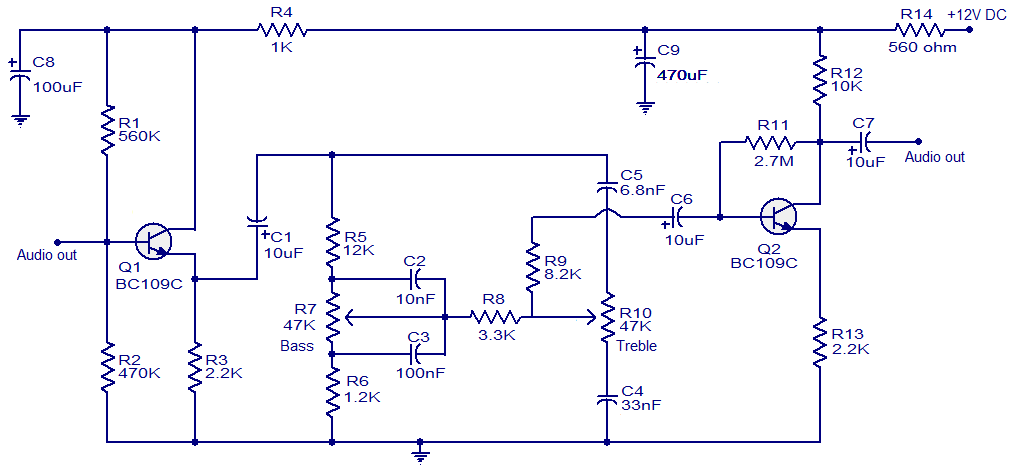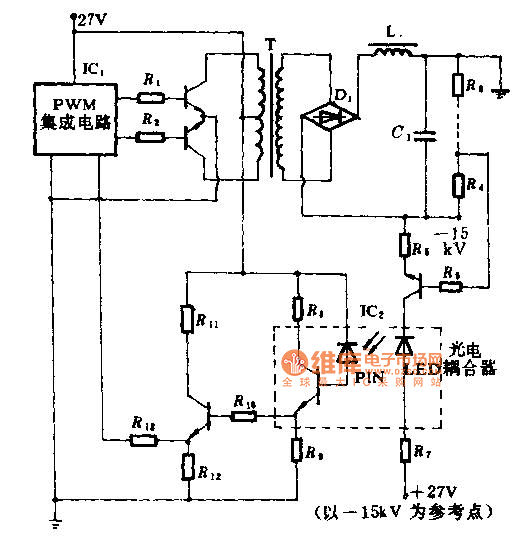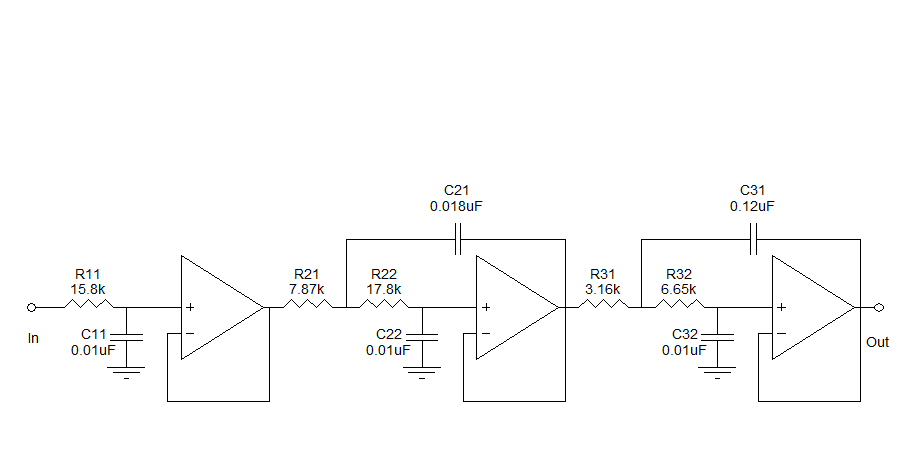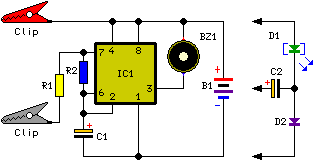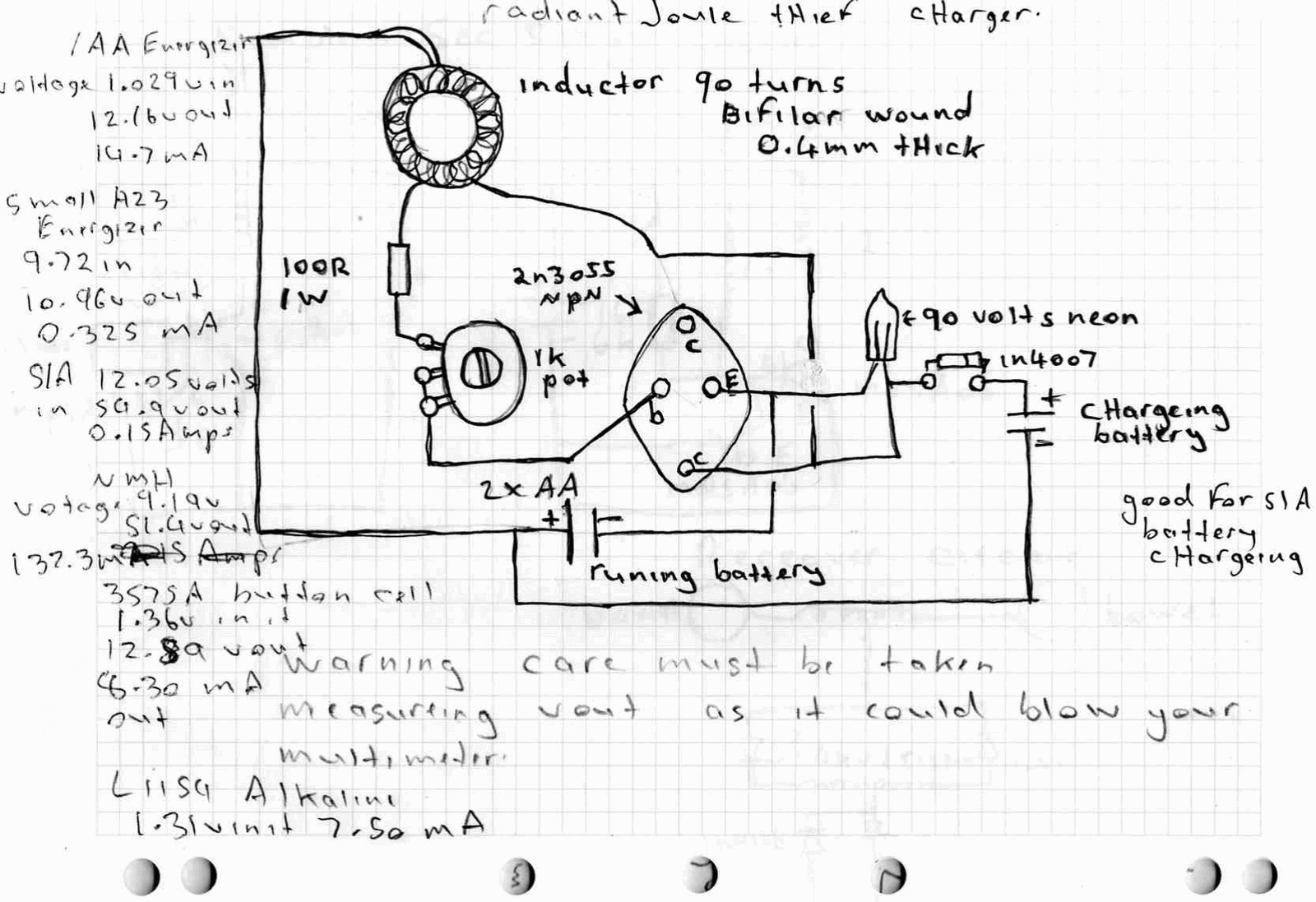
Medium Wave radio reciever circuit
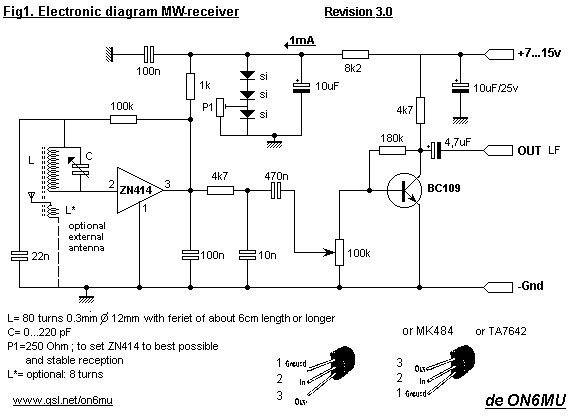
This radio receiver can operate with any of the following transistors: ZN414, MK484, or TA7642.
The radio receiver circuit is designed to utilize a variety of transistors, specifically the ZN414, MK484, and TA7642, which are commonly used in low-power AM radio applications. Each of these transistors serves as a fundamental component in the circuit, contributing to the overall functionality and performance of the receiver.
The ZN414 is a silicon integrated circuit designed for use in AM radio receivers. It features high sensitivity and low power consumption, making it suitable for battery-operated devices. The MK484 is another integrated circuit that provides similar functionality, with a focus on low voltage operation. The TA7642 is a versatile AM radio receiver IC that offers good selectivity and sensitivity, making it a popular choice for hobbyists and engineers alike.
In the schematic, the chosen transistor can be connected to an antenna, which captures radio frequency signals. The output from the antenna is fed into the transistor's input stage, where it is amplified. The amplified signal is then processed through a series of stages, including demodulation and filtering, to extract the audio signal from the radio frequency carrier wave.
The circuit typically includes passive components such as resistors, capacitors, and inductors, which are essential for tuning the receiver to specific frequencies and for stabilizing the operation of the transistor. The design may also incorporate a variable capacitor to allow for fine-tuning of the reception frequency.
Power supply considerations are critical, as these transistors function effectively at low voltages, often in the range of 1.5V to 9V. Proper decoupling capacitors should be included to minimize noise and ensure stable operation.
Overall, the flexibility to use any of the specified transistors allows for customization based on availability, desired performance characteristics, and specific application requirements, making this radio receiver circuit a versatile option for radio enthusiasts and engineers.This radio reciever can work with any of the following transistors zn414, mk484 or ta7642. 🔗 External reference
The radio receiver circuit is designed to utilize a variety of transistors, specifically the ZN414, MK484, and TA7642, which are commonly used in low-power AM radio applications. Each of these transistors serves as a fundamental component in the circuit, contributing to the overall functionality and performance of the receiver.
The ZN414 is a silicon integrated circuit designed for use in AM radio receivers. It features high sensitivity and low power consumption, making it suitable for battery-operated devices. The MK484 is another integrated circuit that provides similar functionality, with a focus on low voltage operation. The TA7642 is a versatile AM radio receiver IC that offers good selectivity and sensitivity, making it a popular choice for hobbyists and engineers alike.
In the schematic, the chosen transistor can be connected to an antenna, which captures radio frequency signals. The output from the antenna is fed into the transistor's input stage, where it is amplified. The amplified signal is then processed through a series of stages, including demodulation and filtering, to extract the audio signal from the radio frequency carrier wave.
The circuit typically includes passive components such as resistors, capacitors, and inductors, which are essential for tuning the receiver to specific frequencies and for stabilizing the operation of the transistor. The design may also incorporate a variable capacitor to allow for fine-tuning of the reception frequency.
Power supply considerations are critical, as these transistors function effectively at low voltages, often in the range of 1.5V to 9V. Proper decoupling capacitors should be included to minimize noise and ensure stable operation.
Overall, the flexibility to use any of the specified transistors allows for customization based on availability, desired performance characteristics, and specific application requirements, making this radio receiver circuit a versatile option for radio enthusiasts and engineers.This radio reciever can work with any of the following transistors zn414, mk484 or ta7642. 🔗 External reference
